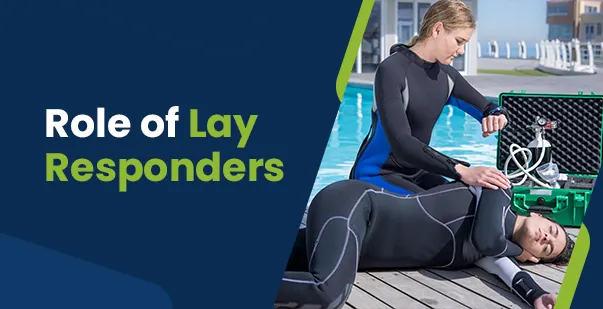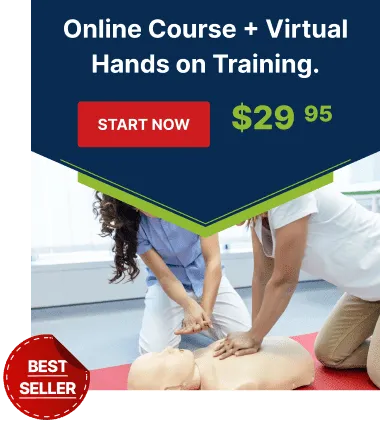Table of Contents
- Introduction
- Roles and Responsibilities of Lay Responders
- Essential Skills for Lay Responders
- The Lasting Impact of Lay Responder
Lay responders are ordinary people who help in emergencies before professional medical help arrives. The responders can save lives by giving first aid to injured or sick individuals. Their quick actions can stop bleeding, perform CPR or prevent a condition from worsening. In many cases immediate help from a lay responder can mean the difference between life and death. That is why knowing the role of a lay responder in first aid is important. In this blog, you can understand what lay people are, their responsibilities, the skills they need and their impact on emergency situations.
Roles and Responsibilities of Lay Responders
The meaning of layperson can be bystanders, family members, coworkers, or even strangers passing by. Some may have formal first aid training, while others act based on common knowledge or instincts. Their role is important because emergencies can happen anywhere at home, in the workplace, or in public spaces. Quick action from a lay responder can prevent an injury or medical condition from worsening. In some cases, their efforts can even save lives.
1. Assessing the Situation
Before taking action, rescuers must quickly evaluate the situation. This includes checking if the environment is safe for them and the injured person. If there are dangers, such as fire, electrical hazards, or oncoming traffic, they must avoid putting themselves at risk. They should move to a safe location and call for professional help if necessary. If the area is safe, they can proceed with first aid. Observing the injured person is also important to determine what happened and what kind of help is needed.
2. Calling for Help
If an emergency is serious, the lay responder should call 911 immediately or ask someone nearby to do so. When speaking to the dispatcher, they must clearly explain the situation, including the location, the number of injured people, and the type of injury or illness. If the injured person is unconscious, not breathing, or bleeding heavily, it is important to stress the urgency of the situation. Calling for help quickly ensures that medical professionals arrive as soon as possible to provide advanced care.
3. Providing Basic First Aid
While waiting for emergency services, lay responders must give immediate care to prevent further harm. If there is heavy bleeding, they should apply direct pressure to the wound using a clean cloth or bandage.
In cases of cardiac arrest, CPR should be performed to keep blood circulating until professional help arrives. If someone is choking, the Heimlich maneuver can be used to remove the blockage. For minor burns, running cool water over the affected area and covering it with a sterile dressing can help reduce damage. For severe burns, avoid using ice or cold water; instead, cover the burn with a clean, dry cloth and seek immediate medical attention. If a person has a broken bone, the responder should keep the injured limb still and avoid unnecessary movement.
4. Comforting the Injured Person
An emergency can be frightening for the injured person, and fear can make the situation worse. A calm and reassuring layperson can help reduce panic and distress. Speaking in a clear and soothing voice can provide comfort. If appropriate, holding the person’s hand or offering physical support can make them feel safer.
Keeping the injured person warm and still is also important, especially if there is a risk of shock or internal injuries. Providing emotional support can be just as important as giving physical first aid.
5. Following Instructions from Emergency Dispatchers
In many cases, emergency dispatchers provide step-by-step guidance over the phone. The lay responder must listen carefully and follow instructions exactly.
Dispatchers may guide them through CPR, wound care, or other first aid techniques. Keeping the dispatcher updated on the injured person’s condition is also important, as it allows professionals to prepare for the situation before they arrive. Following instructions properly ensures that the injured person receives the best possible care until medical help is available.
6. Recognizing When Not to Act
There are situations where a lay responder should not attempt first aid. Moving an injured person with a suspected spinal injury, for example, could cause more harm. In such cases, it is best to keep the person still and wait for emergency responders. If the responder is unsure about what to do, they should avoid risky actions and focus on keeping the person as stable as possible.
7. Staying Within Their Knowledge Level
Lay responders should only perform first aid techniques with which they are familiar. Trying a medical procedure without proper knowledge could lead to mistakes that worsen the situation.
If they are unsure about a technique, it is best to wait for emergency responders while keeping the injured person comfortable and stable. Basic first aid training can help lay responders feel more confident in handling emergencies safely and effectively.
8. Helping Direct Emergency Personnel
When paramedics arrive, the lay responder should provide details about what happened and what care was given. If the injured person’s condition changes during the wait, this information should also be shared. The more details the medical team has, the better they can assess and treat the situation. Good communication ensures a smooth transition from lay responder care to professional medical treatment.
Read More: When to Use an AED vs CPR
Essential Skills for Lay Responders
Now that the meaning of lay person is known, it is important to know the necessary skills as well.
A study in Open Access Emergency Medicine found that while 34% received first aid training, only 13% felt prepared for emergencies, highlighting a gap between training and real-world confidence.
Lay responders do not need advanced medical training, but some basic skills are essential:
-
Cardiopulmonary Resuscitation (CPR)
CPR is a life-saving technique used when a person’s heart stops beating. It involves chest compressions and rescue breaths to keep blood flowing until emergency services arrive. Many organizations offer Hands-only CPR training for the public, and learning it can make a significant difference in survival rates.
-
Controlling Bleeding
Heavy bleeding can be dangerous. Lay responders can apply direct pressure to the wound, use a clean cloth to stop blood flow, and elevate the injured area if possible. If a tourniquet is needed, it should be used as a last resort.
-
Helping a Choking Person
Choking can block the airway, making it hard to breathe. Lay responders can perform the Heimlich maneuver by giving quick, forceful abdominal thrusts to remove the obstruction.
-
Treating Burns
For minor burns, a lay responder can cool the area under running water and cover it with a sterile dressing. For severe burns, medical help should be called immediately, and the person should not be left alone.
-
Recognizing Signs of a Heart Attack or Stroke
Knowing the warning signs of a heart attack (chest pain, shortness of breath) or stroke (drooping face, arm weakness, speech difficulty) allows lay responders to call for help quickly and provide appropriate care.
-
Managing Shock
Shock can occur after a serious injury, blood loss, or severe allergic reaction. Lay responders should keep the person lying down, cover them with a blanket, and monitor their condition while waiting for emergency services.
-
Assisting with Seizures
During a seizure, a lay responder should move objects away to prevent injury and place the person on their side. They should not restrain movements or put anything in the person’s mouth.
Read More: What is the Pediatric Chain of Survival?
The Lasting Impact of Lay Responders
A Lay responder plays an important role in first aid. Their quick actions can save lives, reduce suffering, and improve emergency outcomes. While they are not medical professionals, their knowledge and willingness to help can make a big difference.
More people should know what laypeople mean and be trained in first aid to create safer communities. With proper skills and confidence, lay responders can be the first line of defense in emergencies.
References:
- https://pmc.ncbi.nlm.nih.gov/articles/PMC3876499/#:~:text=According%20to%20the%20World%20Health,rescuers%20and%20bystanders%2C%20controlling%20the
- https://cprcertificationnow.com/blogs/mycpr-now-blog/a-laypersons-role-in-first-aid
- https://www.firstresponse-ed.com/blog/why-lay-person-rescuers-are-important/







